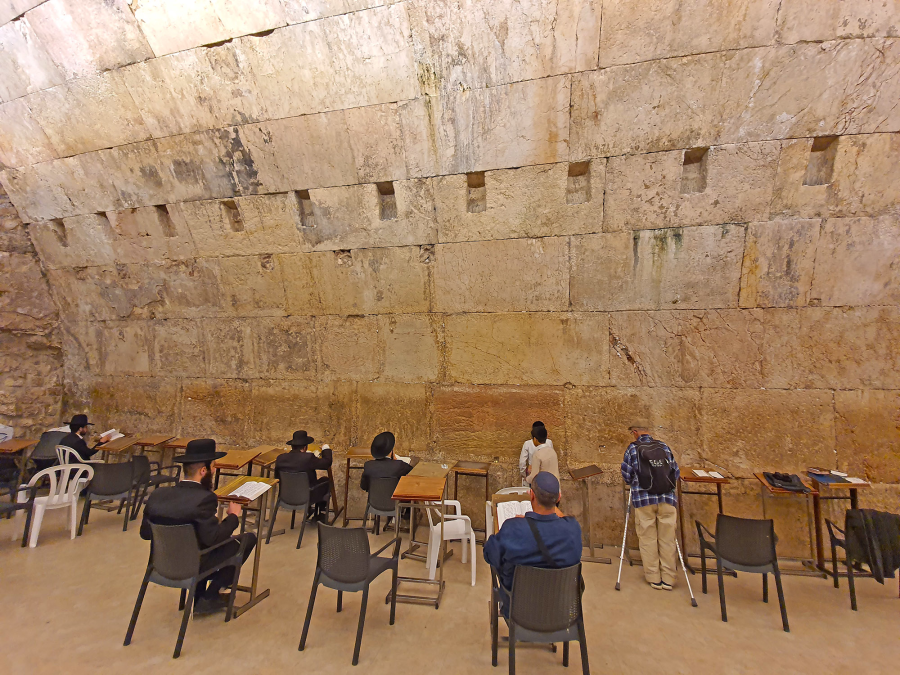The Holy sites of Jerusalem
Jerusalem travel guideBeing the most important city for all major religions, the old city of Jerusalem is probably the most fascinating trip you can make while visiting Israel. The history of Jerusalem combines some of the most important events in Jewish and Christian history alike, and the religious sites spread throughout the city capture the imagination of each and every visitor.
The Wailing Wall (the Western Wall) is the first stop for Jewish travelers in the old city of Jerusalem. It is the only remaining part of the ancient temple of King Solomon which has become the holiest spot in Jewish life and an Israeli national symbol as well. The Wailing Wall is where Jewish worshipers pray in a designated area in front of the holy site; mourn over the destruction of the Temple by the Romans, and wish for the return of Israel’s former glory. They also write their personal requests from G-d and post it in little notes between the wall’s ancient stones.
Mount Zion is another Jewish and Christian holy site you wouldn’t want to miss. According to Jewish tradition, Mount Zion is the burial place of King David. Today, it is one of the most popular Jewish burial sites in Jerusalem. Mount Zion is very significant for Christians as well: according to Christian belief, it is where the last supper was held, in the building identified as the Coenaculum, which is also where Jesus reappeared after his resurrection. According to Christianity, in this area of the city the disciples and early Christians were living at the time. Beyond its history, Mount Zion offers some spectacular views of the old city of Jerusalem.
Jerusalem’s vicinity offers several other significant sites for Christian visitors: the nearby Bethlehem, where Jesus was born; the Mount of Olives, where he ascended to heaven, according to Christianity; and the Church of the Holy Sepulcher, which is the first among the Christian shrines in the Old City of Jerusalem, where the resurrection has been celebrated for many centuries as the most sacred place in all of Christendom. Plus there is the Via Dolorosa, the holiest Christian thoroughfare in the world: This path is symbolically reliving the events of the passion, and includes the shrine of the ascension, the Garden of Gethsemane and Mount Zion.
The holy sites of the old city of Jerusalem have defined its nature for thousands of years and still reflect its remarkable history and significance. Visiting some of these sites and wondering through the streets and markets of the old city is an experience you will carry with you for many years after visiting one of the most special cities in the entire world.






